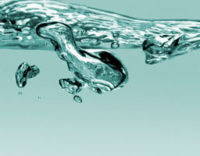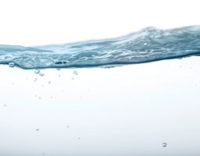New Binder Permits Up to 50% Less TiO2 for Waterborne Traffic Paints

DOTs and traffic paint formulators who rely on FASTRACK™ binders for their waterborne traffic paints can now get the same excellent results with up to 50 percent lower TiO2 levels when using the FASTRACK HE-2706 binder from Dow Coating Materials (DCM).
FASTRACK HE-2706 binder is a revolutionary new resin that offers notably higher pigment binding efficiency, higher pigment loadings and a reduction of TiO2 pigments without sacrificing dry time performance or properties such as hiding, visibility, durability, sprayability or stability. Based on an innovative emulsion technology, FASTRACK HE-2706 can help formulators optimize the performance of latex, TiO2 and other components in their traffic paint, enabling them to still achieve the performance they expect from waterborne traffic paints.
“When TiO2 supply and prices fluctuate, which we are currently experiencing and expect to see for some time, formulators, DOTs, applicators and the driving public all feel the effects,” said Stan Cook, Traffic Paint Market Manager, Dow Coating Materials. “Building upon the 20-year success of our industry-standard FASTRACK binder technology, our breakthrough binder helps formulators lower TiO2 levels in formulations while keeping their performance at the highest standards.”
The unique chemistry of FASTRACK HE-2706 offers binding efficiencies that not only help to notably reduce TiO2 content, but also offer up to a 30 percent reduction of the amount of latex necessary in the paint. These critical ingredients can be replaced with CaCO3 and water in traffic paints without loss of roadway performance including both initial retro-reflectivity and retro-reflectivity retention over time.

“We developed this exciting new FASTRACK binder technology in response to customer and marketplace demands for greater sustainability and stability within the industry,” said Cook. “The introduction is timely considering the material shortages and price volatility the industry is currently experiencing. We hope the efficiency of FASTRACK HE-2706 binder will help stabilize future supply and price volatility, and help DOTs from coast to coast maintain their road maintenance and safety programs on schedule.”
Looking for a reprint of this article?
From high-res PDFs to custom plaques, order your copy today!








